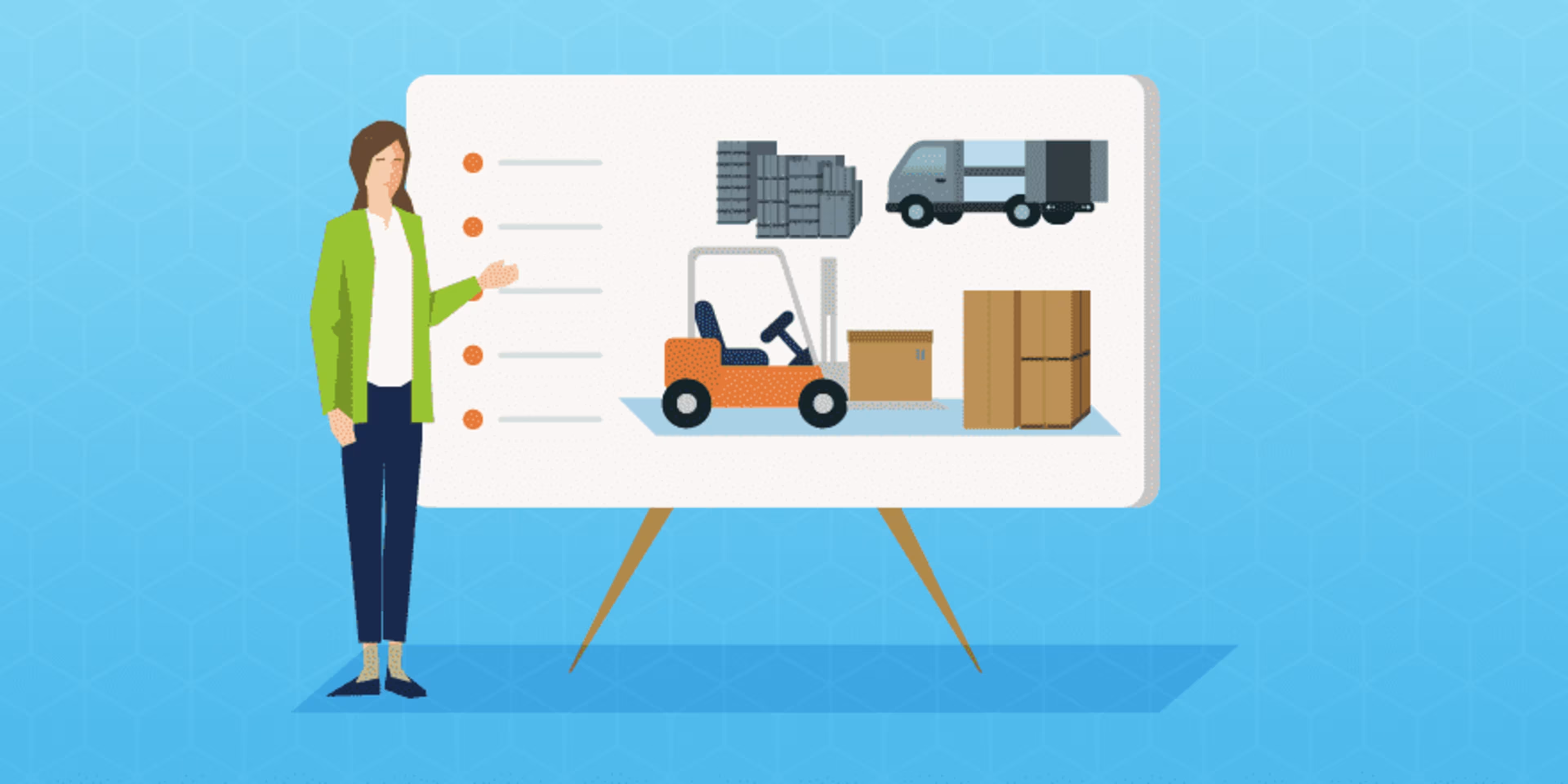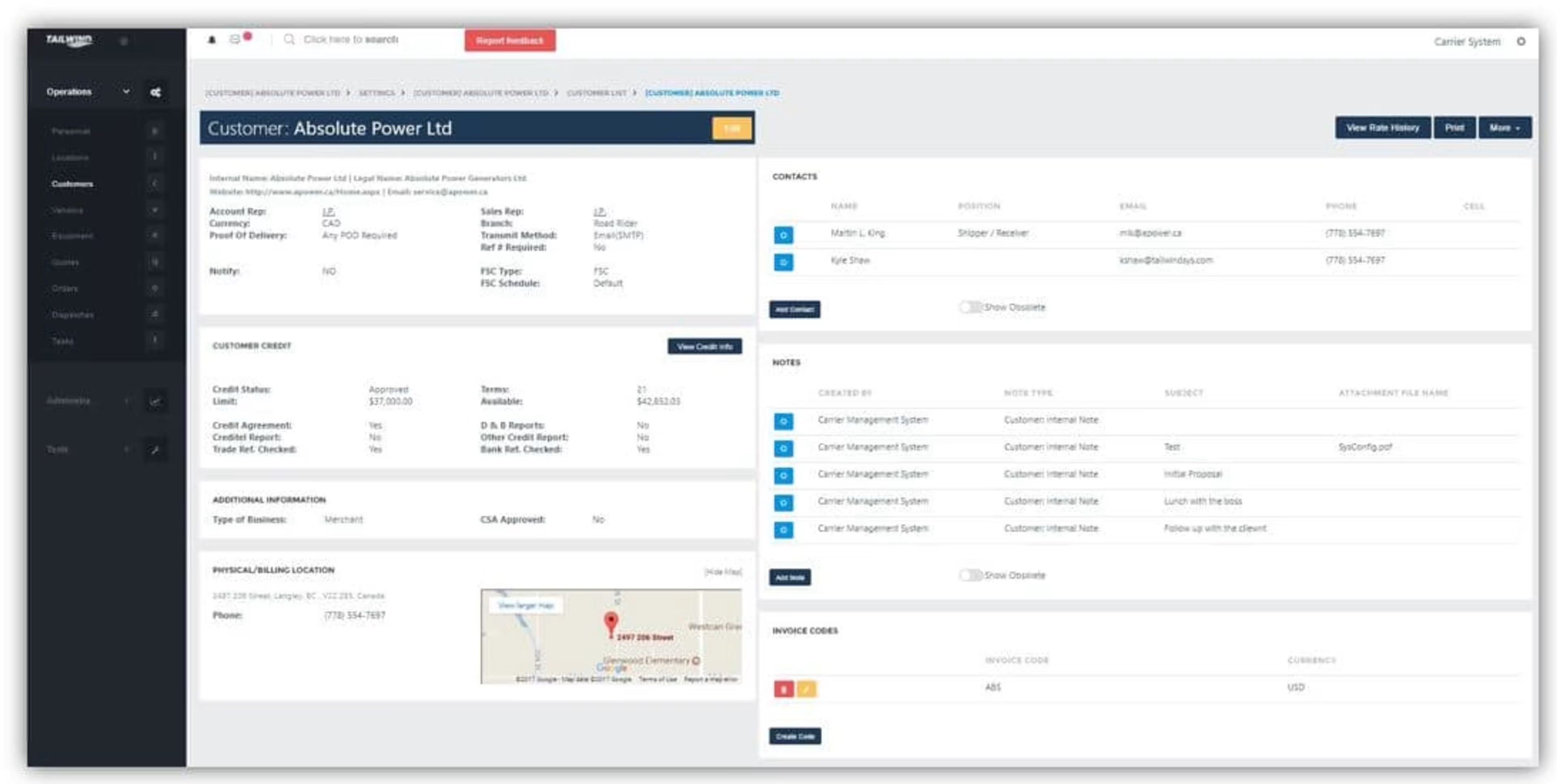When you're a small business, inventory management quickly becomes overwhelming and expensive.
A shipment you weren't expecting until next Tuesday shows up on your doorstep, and you've got to figure out where to put dozens of 50-pound boxes of product, all without interfering with your workers or your finely tuned logistics operation.
Inventory management hiccups can result in carry cost increases, product depreciation, higher insurance, more worker overtime, and chaos on the factory floor.
The good news is that there are a few things you can do to better handle issues that come up and to avoid problems related to excess inventory.

Better inventory management for small businesses is a must
Small business owners who carry excess inventory pay an extra 30% in costs per year compared to companies operating at optimal inventory levels. Follow the below five tips to cut costs across your small business by 10% over the next two years.
5 tips for better inventory management at small businesses
1. Set par levels
Par levels refers to the minimum amount of product that you need to have on hand at any given time. Setting accurate par levels will help you dramatically boost the efficiency of your logistics operation. Par levels keep you from being reactive, so you're not buying a ton of product one month and then scrambling to refill your inventory the next.
Par levels set a benchmark that makes the decision to order more inventory automatic, rather than dependent on guesswork. Once inventory drops below a certain par level, you know it's time to order more and avoid having either too much or too little in stock.
Establishing accurate par levels requires thorough analysis on your part; otherwise, they're simply arbitrary rules that won't help your business. You need to do the legwork in researching what level of inventory for each product is ideal.
Do you sell 400 widgets on average in the month of March? That's one par level that could be set monthly. If customers order ten of one type of gadget per day and you receive a weekly shipment, consider setting a par level of 80, if, for example, you know that the costs of storing them is low and some weeks will have more demand than others.
2. Draw up a backup plan
One rule of thumb about the inventory management business: Expect the unexpected. You've got to have a backup plan when things go sideways.
So many different issues can crop up. You can sell out of stock. A huge delivery can arrive early. You can run out of cash temporarily and be unable to pay for product. You can miscalculate and find yourself woefully short on inventory.
Once again, you have got to do the research to predict these issues. Chances are that the same problems are cropping up again and again. Delve into your ordering history, cashflow, and major inventory changes and identify where you are most at risk.
Then sit down and draw up a backup plan for each identified area. Involve your workers in the process; they'll know best what problems arise and will be the ones implementing your plan.
3. Spend time on forecasting
You're a busy person, and sometimes that means forecasting gets left by the wayside. Resist this tendency.
You need to go beyond avoiding problems and be proactive enough to invest in forecasting. Forecasting could very well be the area you struggle with the most, as most logistics managers don't do it.
Forecasting involves looking for trends in the market, watching the overall economy, working guaranteed sales from contracts and subscriptions into your plan, and using all of this information to project future sales.
By combining historical sales data with expected future performance, you can give yourself a leg up in the next year (or five) by positioning your inventory for success.
4. Implement mobile proof of delivery

Screenshots of Scandit's mobile proof of delivery system (Source)
This is a great way to introduce technology to your operations, especially if you've been reluctant to do so or have had doubts on how it can help.
Mobile proof of delivery is good for your customers and your suppliers; it provides real-time alerts on where packages are. A deliverer can snap a photo of a delivery and make a quick update in seconds, which cuts down on time and money spent on scanning and tracking devices while boosting productivity by allowing more to get done in less time.
It's also important to prove that a product has been delivered correctly. If a product is sent to the wrong person or business, it creates headaches for the supplier and the customer alike and results in costly delays for your operation.
5. Find new logistics software
Good logistics software can streamline your operations and help you identify savings you didn't know were out there. There are a ton of logistics software options out there, and they all have unique features that can aid your business.
Here are a few functionality examples:
Some software options let you compare, process, track, and analyze shipments for freight companies, so businesses can identify the best carrier rates and process shipments quickly.
Certain transportation management software options are capable of generating bills of lading (BOLs) and pallet labels, eliminating the need for specialized software.
Still more software options consolidate customer records so all of your customer data is in one place.

An example of customer records/profiles functionality in Tailwind (Source)
Check out Capterra's logistics software directory—which offers 233 options as of this writing—to find the right fit for your business. Use the powerful filtering tool to narrow it down by desired features and build your software shortlist.
There's a lot more to learn about inventory management
Are you looking for more insight on how to run a better logistics operation? Check out these resources today, and start implementing their advice tomorrow: